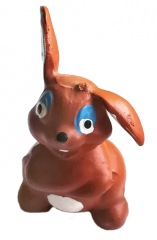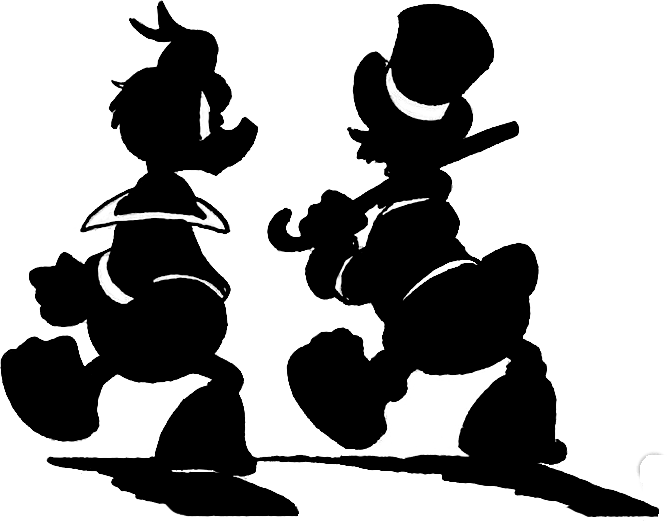
Products description
»I always took the view that life is much scarier than appearance. Up there, you really do have all the strings in your hand. When do you ever have anything approaching sovereignty on the street, in the supermarket, or in a love relationship?«
The live and television comedian Monty Arnold reminisces about early attempts in the Saarland, the great cultural revolution in St. Pauli, the Drombuschs and the Denver clan and meets Hanns-Dieter Hüsch, Ron Goodwin, Ralf König and Alfred Biolek.
Thanks to Monty Arnold, Gert Fröbe posthumously gets a galactic captain's patent in the Enterprise, Orpheus in the German fitted kitchen and the fans to a reanimation of the silenced fathers of the Klamotte.
[Publisher's text]
The live and television comedian Monty Arnold reminisces about early attempts in the Saarland, the great cultural revolution in St. Pauli, the Drombuschs and the Denver clan and meets Hanns-Dieter Hüsch, Ron Goodwin, Ralf König and Alfred Biolek.
Thanks to Monty Arnold, Gert Fröbe posthumously gets a galactic captain's patent in the Enterprise, Orpheus in the German fitted kitchen and the fans to a reanimation of the silenced fathers of the Klamotte.
[Publisher's text]
Antiquarian
Condition 0 (mint MT)
An exceptional example of a given book. Bindery or printing defects are allowed. Cover is flat with no surface wear. Inks are bright with high reflectivity. Corners are cut square and sharp. Spine is tight and flat. Paper is white, supple and fresh. No interior autographs or owner signatures.
Condition 0-1 (near mint NM)
Nearly perfect in every way with only minor imperfections that keep it from the next higher grade. Only subtle bindery or printing defects are allowed. Cover is flat with no surface wear. Inks are bright with high reflectivity and minimal fading. Corners are cut square and sharp. Small, inconspicuous, lightly penciled, stamped or inked arrival dates are acceptable as long as they are in an unobtrusive location. Spine is tight and flat. Paper is white, supple and fresh. Only the slightest interior tears are allowed.
Condition 1 (very fine VF)
An above-average copy that shows minor wear but is still relatively flat and clean with outstanding eye appeal. A small accumulation of minor bindery/printing defects is allowed. Minor cover wear beginning to show, possibly including minor creases. Corners may be blunted. Stamped or inked arrival dates may be present. Minor foxing. Paper is cream to tan. Centerfold is mostly secure. Minor interior tears at the margin may be present.
Condition 1-2 (fine FN)
An above-average copy that shows minor wear but is still relatively flat and clean with no significant creasing or other serious defects. Some accumulation of minor bindery/printing defects is allowed. Minor cover wear apparent, with minor to moderate creases. Inks show a significant reduction in reflectivity. Blunted corners are more common, as is minor staining, soiling, discoloration, and/or foxing. Stamped or inked arrival dates may be present. Paper is tan to brown and fairly supple with no signs of brittleness. Minor interior tears at the margin may be present. Centerfold may be loose.
Condition 2 (very good/fine VG-FN)
An above-average but well used book. An accumulation of bindery/printing defects is allowed. Minor to moderate cover wear apparent, with minor to moderate creases and/or dimples. Inks have moderate to low reflectivity. Blunted corners are increasingly common, as is minor to moderate staining, discoloration, and/or foxing. Stamped or inked arrival dates may be present. Paper is tan to brown with no signs of brittleness. Centerfold may be loose. Minor interior tears may also be present.
Condition 2-3 (very good VG)
The average used book. Cover shows moderate to significant wear, and may be loose but not completely detached. Cover reflectivity is low. Can have moderate creases or dimples. Corners may be blunted. Store stamps, name stamps, arrival dates, initials, etc. have no effect on this grade. Some discoloration, fading, foxing, and even minor soiling is allowed. As much as a 1/4" triangle can be missing out of the corner or edge; a missing 1/8" square is also acceptable. Moderate spine roll may be present and/or a 1" spine split. Paper is brown but not brittle. Minor to moderate interior tears may be present. Centerfold may be loose or detached at one staple.
Condition 3 (good GD)
Cover shows significant wear and may even be detached. Cover reflectivity is low and in some cases completely absent. Book-length creases and dimples may be present. Rounded corners are more common. Moderate soiling, staining, discoloration and foxing may be present. The largest piece allowed missing from the front or back cover is usually a 1/2" triangle or a 1/4" square. Tape and other forms of amateur repair are common in older books. Spine roll is likely. May have up to a 2" spine split. Paper is brown but not brittle. Centerfold may be loose or detached. Moderate interior tears may be present.
According to § 19 UStG., we charge no sales tax
modified eCommerce Shopsoftware © 2009-2024
modified eCommerce Shopsoftware © 2009-2024



 Contact
Contact





